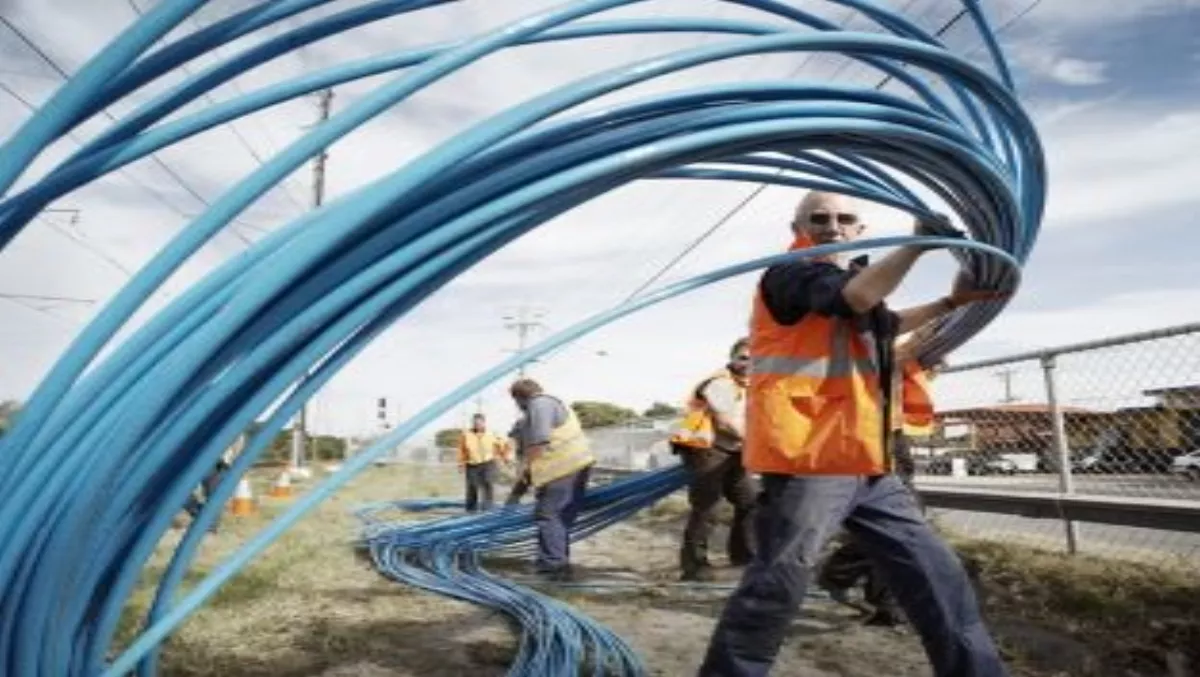
We have a plan
Only four of the document’s 68 pages are devoted specifically to telecommunications infrastructure. But given the Government’s planned telco spend-up amounts to $1.5 billion of the total, that proportion of coverage in the overall plan is probably about right.The report says that there are two key issues facing the sector: a lack of "timely or sufficient” investment in infrastructure and the ongoing challenge of ensuring industry regulation keeps pace with technology and market developments."While there has been some investment in fibre networks in major urban centres in New Zealand, it is clear that the market has not been ready, or may not have adequate incentives to build the infrastructure required to deliver fibre on scale quickly,” the plan says. What has been the impact of this under-investment? The country’s expenditure on telco infrastructure as a percentage of GDP is below the OECD average. Our advertised broadband download speeds are middling whilst the cost of local broadband and mobile phone services are at the top end of the OECD scale."Significant regulatory changes have increased competition in the sector, however maintaining a regulatory regime flexible enough to keep pace with changes in technology is likely to be an ongoing challenge for the government,” the plan’s authors write.This includes Government plans for a "fundamental review” of the Telecommunications Act scheduled to begin in 2016.The document also sets out four key indicators for what "success” will look like under the telco infrastructure plan underpinned by the UFB and RBI. The indicators are: improvement in New Zealand’s consumer pricing rakings, higher broadband penetration rates, increased connection speeds and a "steady or increasing” rate of investment in telco infrastructure compared to the last decade.Cable competitionStart-up international cable provider Pacific Fibre remains high-spirited about its plans to challenge the monopoly held by Southern Cross when it comes to connecting New Zealand with the rest of the world.Pacific Fibre has firmed up a deal with REANNZ to get the Government network operator onboard for its yet-to-be-built service. The deal is worth $91 million - well up on the $15 million figure that had previously been mentioned, but still just a drop in the bucket compared to the total value of sign-ups Pacific Fibre needs to get its project off the ground.Of course this activity in the international connectivity space is just one part of the wider broadband story. With the Government’s ultra-fast broadband initiative now underway, what enthusiasm is there out in the market, and from service providers, for super-quick fibre connectivity?CallPlus recently said it planned to offer consumer plans of at least a terabyte-a-month off the back of the UFB network. Nice cheer-leading stuff. But at the same time TelstraClear says it is scrapping plans for a 100Mbps service on its network because of a lack of customer demand.Service providers always face the dilemma of finding a balance between being innovative with their product offerings and realistic about what users are willing to pay for. The market will stagnate if providers aren’t innovative and able to convince customers of the benefits of new technology, but in New Zealand ISPs appear to be dealing with a relatively conservative user base.Chinese whispersIn other telco news, UK tech industry website The Register is speculating that Chinese mega-vendor Huawei Technologies could soon be named as a preferred supplier to the telcos involved in the Government’s UFB build.Huawei is best known for its equipment supplier relationship with 2degrees. The company has grown its presence in New Zealand recently and currently employs about 70 staff locally.Time will tell whether the latest speculation surrounding Huawei’s rumoured UFB partnership has any substance. Givenfactors such as the newly-inked free trade agreement between New Zealand and China, it certainly isn’t beyond the realms of possibility.Further fuelling the chances of such a deal is the fact Huawei has a reputation for undercutting competitors on price. Those in charge of the UFB project are very price-sensitive, so a "Made in China” sticker on the side of some hardware could be an appealing sight.

